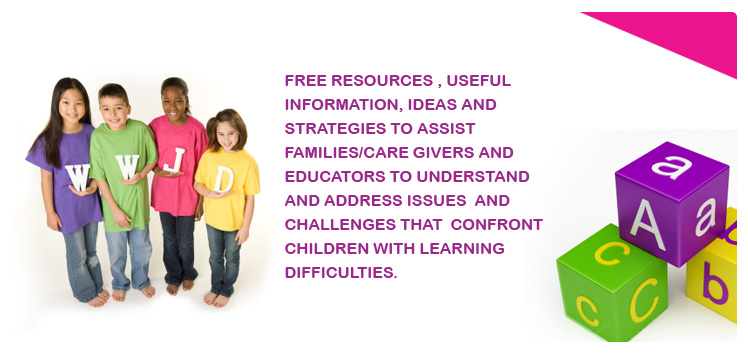

Difficult or Easy
As a rule, we learn combinations of letters to use to make certain sounds…………… then we find out that some words do not use that combination but completely different ones!
We are frequently told “that a word is “just an exception to the rule”……
but there seem to be so many “exceptions”

Typically children learn a specific phonics pattern at school….. for example, ea sounds”E”.
Some suggestions might be like the word “feet”…………..” Good try, but that is an ee pattern” or “donkey”……………”uuhhh no, that is an ey pattern!”
“Athlete!!!!”……oops, sorry but that is a Bossy e making a Big “E” sound.
Then someone pipes up “but head is an ea word!” “Yes, ea can make two different sounds….but we are working on the “E” sounding words today.”
Feeling confused……….well just imagine how the children start to feel!
They are actually only learning to recognise ea to read as an “E” sound but are not being given strategies to use when spelling.
This is the beginning of frustration for many of us and often the start of the “shut down” process children have when confronted with something too hard to make sense of.
The different letter patterns that make the same sounds need to be taught at the same time and not in isolation.
For example :
ai and ay
“When two vowels go walking, the first one usually does the talking” so they sound “A”. However you will never find ai the end of words because no English words end in I but use y instead. Words that end in an “A” sound use ay.
If the teacher then gives specific words, the children can work out which pattern to use in their spelling. They learn WHY they use specific patterns for particular sounds and WHEN to use them.
play day brain train
It is also really important that children be made aware at this stage that other letters can also make the same sound so if they come across them, they are not overwhelmed
“Sh” for example
Can be made with the letter combinations of sh, ti, si, ci, su. There are often reasons why we use these patterns or there are so few words with the pattern, I put them in the “just have to learn these words” box together with genuine exceptions that I refer to as “naughty” words
sure tissue precious
Children love to be Detectives. “sh” does not like being in the middle of words except in the word ship!! The exceptions, “bishop, fashion, cushion and mushroom” would be the words to learn and to spell other words, they would be told to use the most common “sh” sound in the middle of words …… ci or the pattern tion when first writing an unfamiliar word.
The secret to success is to enable children to recognise patterns, the sounds they make, awareness of other patterns that make the same sound and then why and when to use them in their spelling. There are several word patterns that are very common and belong to what I term “Number one options”. For example tion. Refer to Succes Strategies for more.
I have found that Reading, Decoding unfamiliar words, verbally spelling and spelling whilst writing are totally separate activities that require different brain skills to perform……SO I ENSURE CHILDREN LEARN ALL ASPECTS OF EACH!
Yes, English is not a simple language but according to something I read somewhere, 94% of English words follow spelling rules! So it makes sense that if we :
know the spelling rules
Have an awareness of all the options for a specific sound and the most common ones
know the letter combinations that make those sounds and which ones to use when
understand how we build on base words with beginnings and endings
and learn that a lot of words we use are not English and do not follow the English spelling rules (Spaghetti, ski or mathematical, medical and scientific terms with Greek origins)
AND
WE CAN LEARN IT IN A MULTI-SENSORY ENVIRONMENT TO FIND A WAY THAT SUITS OUR INDIVIDUAL LEARNING STYLE BEST………
We have a really good chance to spell successfully.
© Playground Sound
This website has been made possible thanks to Layne Beachley’s “Aim for the Stars” Foundation.